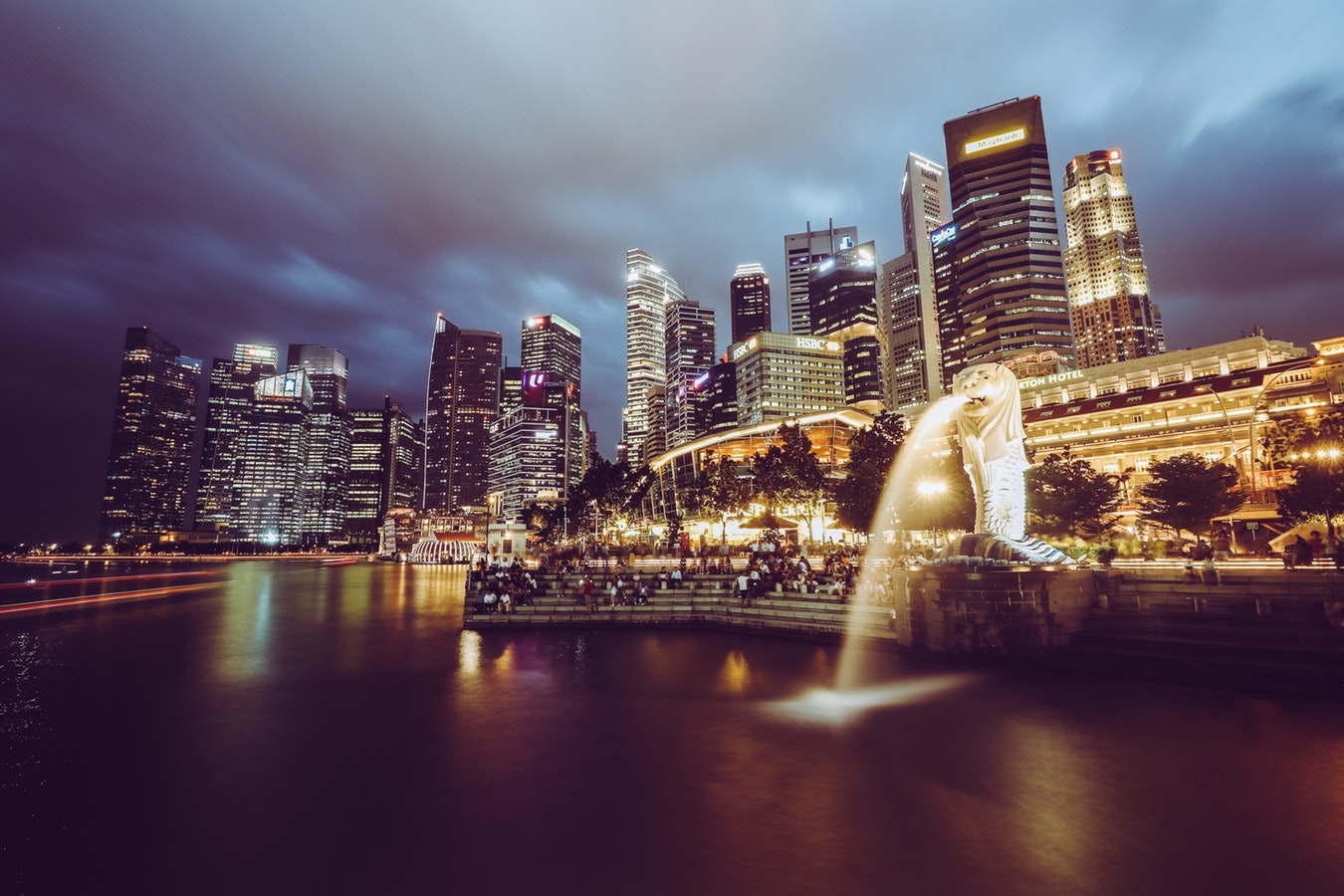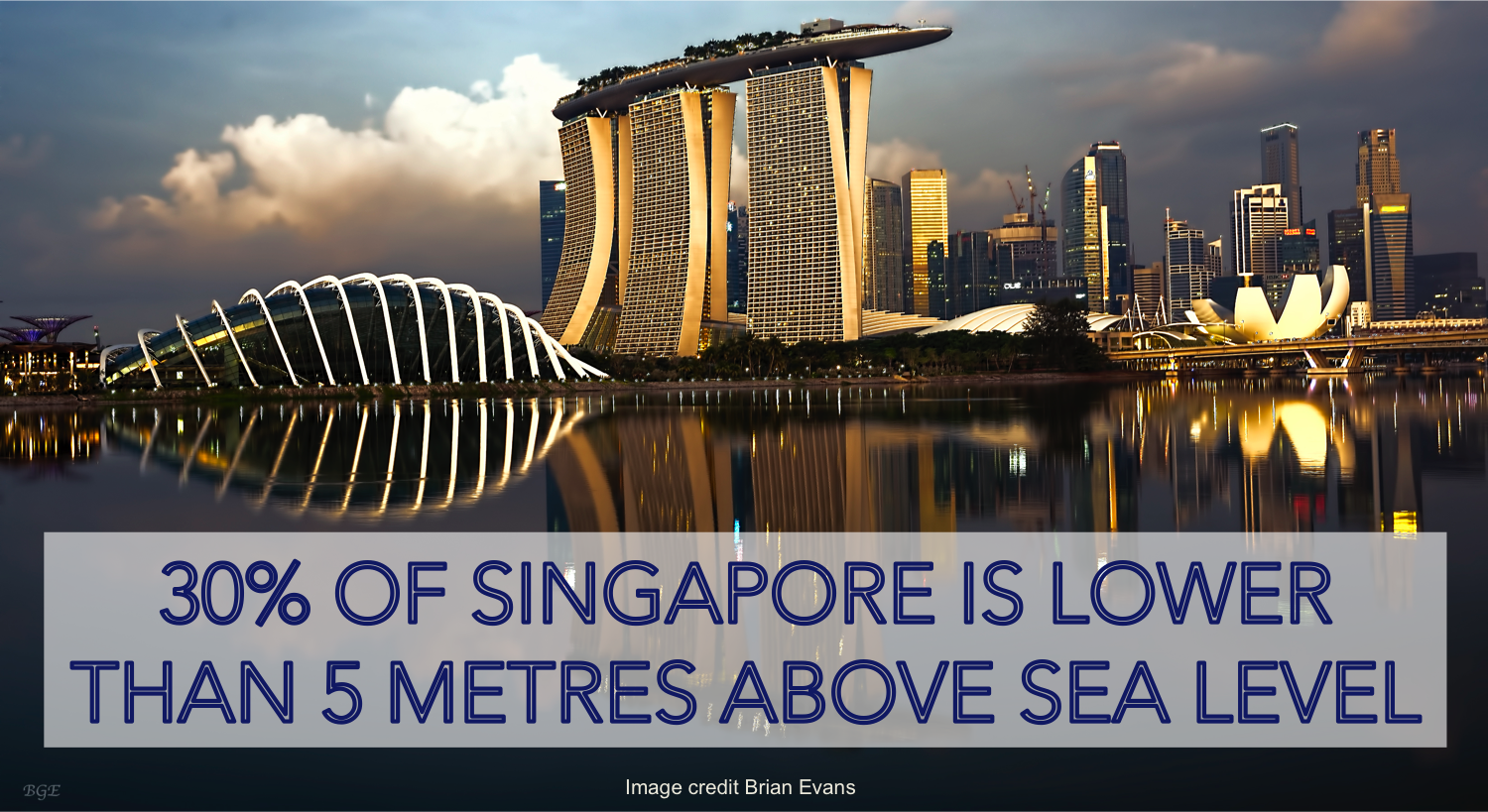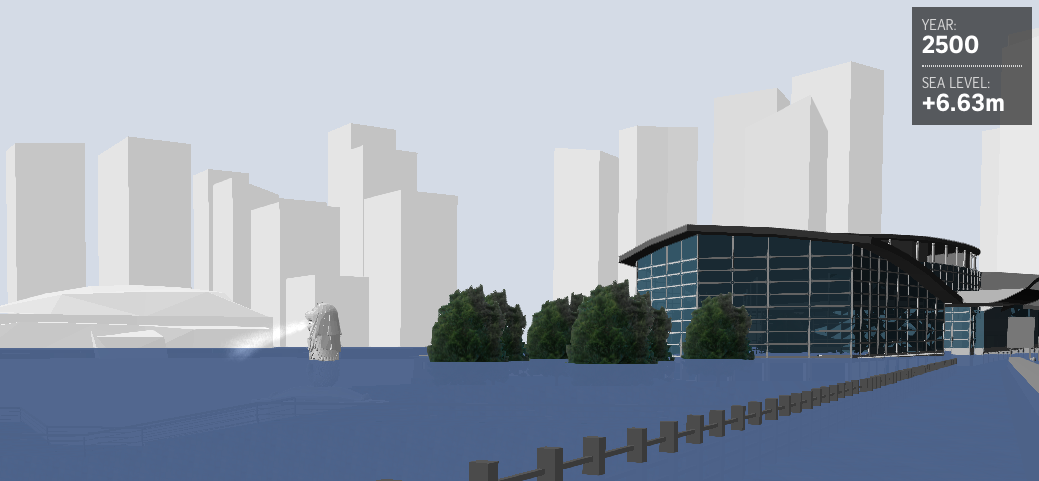The Singapore Series on Sea-Level Rise, a special blog series by four Masters students from the University of Melbourne.

Sea-level rise (SLR) will affect all Singaporeans whether that be the businessman, the factory worker, or the high school student. Everyone will be impacted from the effects of rising sea levels.
As emphasised in our first post of this special blog series on climate change in Singapore, the rate and magnitude of sea-level rise are increasing. The impacts of this acceleration will affect all aspects of Singaporean life.
In this blog post, we will explore aspects of food and water security, and the prospects of Singaporeans becoming climate refugees.

FOOD AND WATER SECURITY
Food security is one of several pressing issues associated with sea-level rise. As Singapore imports approximately 90% of its food from all corners of the world, the repercussions from a reduction in food supply will be grim.
For instance, an aromatic plate of Hainanese chicken rice is a huge favourite. All the ingredients in this dish will be affected from the effects of climate change in the following ways:
- Chicken and Spices: Global food prices will skyrocket due to SLR-induced floods and droughts, affecting the supply of crops and produce around the world.
- Rice[1]: Crop production will be reduced due to; 1) a reduction in rainfall and increased dry spells[2], 2) the flooding of rice fields as a result of rising sea levels, and 3) increased salinity in the fields.
As sea levels rise, sea water will contaminate the country’s already limited fresh water supply[3]. Combined with rising temperatures, the reduction in available drinking water will affect Singaporeans tremendously. Water supplies will also be further threatened from reduced rainfall and increased rates of evaporation due to the higher temperatures.

CLIMATE REFUGEES
As a low-lying island, with approximately 30% of the land being only 5 metres above sea level, rising sea levels will catastrophically impact all Singaporeans.
Singapore has one of the highest population densities in the world[4]. What does this mean? With 5.7 million Singaporeans, for every square kilometre of space there are more people than any other country in the world.
How does this relate to rising sea levels?
As sea levels continue to rise and engulf the land, Singaporeans would need to resort to moving towards the centre of the island. As more residents continue to retreat inwards, there will not enough space and land for the residents, and they will be forced to seek refuge and relocate elsewhere.
National landmarks will also be at risk from SLR where even the iconic Merlion could become swallowed. Beaches could face more intense coastal erosion, causing structures such as cliffs and shorelines to disintegrate. The increased incidences of dengue fever from greater numbers in the mosquito population may also be a result of SLR.
These effects form only the tip of a large iceberg of catastrophic impacts that SLR may have on those living in Singapore. The Straits Times, Singapore’s leading newspaper, produced a Virtual Reality simulation that depicts the effects of SLR on the country.
In our next blog, we will talk about what YOU can do to take action to combat the rate and magnitude of sea-level rise. Please stay tuned.
(Source of thumbnail image: cegoh/Pixabay)